Brazilian Bites: The Spicy, Savory, and Surprisingly Sweet Foods You Need to Know!
From fiery churrasco meats to sweet brigadeiros, Brazil's culinary scene is a vibrant mix of indigenous, African, Portuguese, and immigrant influences. This article explores the most iconic Brazilian dishes, their spice profiles, and tips on how to enjoy them like a local.
Table of Contents
- Introduction
- Top 10 Brazilian Dishes Known Around the World
- The Spice Factor: How Heat Influences Brazilian Flavors
- 5 Practical Tips for Trying Brazilian Food Like a Pro
- Cultural Context: How These Dishes Tell Brazil’s Story
- Conclusion
Introduction
When you think of Brazil, what comes to mind? Samba music, Carnival parades, Amazon rainforests — and of course, some seriously delicious food. But beyond the obvious stereotypes lies a rich tapestry of flavors that reflect Brazil’s diverse cultural heritage. Whether you're a seasoned globetrotter or just a curious foodie, Brazilian cuisine offers a spicy, smoky, and sometimes sweet adventure worth taking.
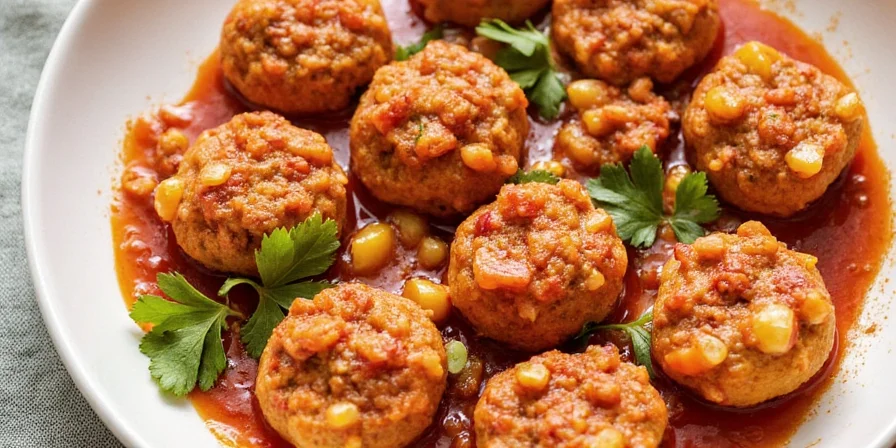
Top 10 Brazilian Dishes Known Around the World
Let’s dive into the top Brazilian foods that have earned international acclaim. Some might surprise you — especially their use (or lack) of spices.
- Feijoada: A hearty black bean stew with pork, often considered Brazil’s national dish.
- Churrasco: Flame-grilled skewered meat served in rodízio style at steakhouses worldwide.
- Coxinha: Teardrop-shaped savory pastry filled with shredded chicken and cream cheese.
- Pão de Queijo: Cheesy bread made with cassava flour — gluten-free and addictive.
- Brigadeiro: Chocolate truffles rolled in sprinkles; a must-have at every Brazilian party.
- Acarajé: Fried black-eyed pea fritters with shrimp or dried beef inside — street food gold.
- Vatapá: Creamy bread, coconut, and shrimp paste served alongside Bahia-style dishes.
- Mojama: Dried salted fish, typically from the Amazon basin — an ancient preservation method.
- Açaí Bowl: Superfood smoothie bowl made from frozen açaí berries, topped with granola and banana.
- Quindim: Bright yellow coconut custard made in cupcake tins — sweet, simple, and sunny.
| Dish | Main Ingredients | Spice Level (out of 5) | Where to Try It |
|---|---|---|---|
| Feijoada | Black beans, pork, rice, collard greens | 2 | Traditional restaurants in Rio or São Paulo |
| Churrasco | Skewered meats (beef, lamb), chimichurri | 1 | Churrascarias across Brazil and in global steak chains |
| Coxinha | Chicken, cream cheese, dough, breadcrumbs | 1 | Street vendors or bakeries (padarias) |
| Pão de Queijo | Cassava flour, cheese, eggs | 0 | Breakfast tables and cafés nationwide |
| Brigadeiro | Condensed milk, cocoa powder, chocolate sprinkles | 0 | Kid birthday parties, festive occasions |
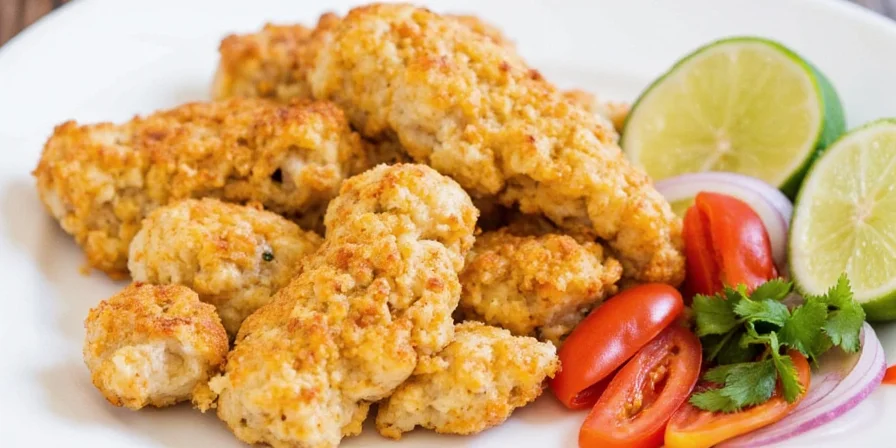
The Spice Factor: How Heat Influences Brazilian Flavors
Brazil may be synonymous with tropical heat, but its cuisine doesn’t always follow suit. Unlike neighboring countries like Mexico or India, Brazilian cooking tends to play it cool — literally — when it comes to spiciness. However, flavor is king, and that’s where spices come in, even if they’re not always fiery.
Common non-heat spices used include:
- Cumin: Adds earthiness to feijoada and ground meat fillings.
- Parsley & Cilantro: Freshness boosters in salads, sauces, and seafood dishes.
- Lime Juice: Acidic brightness in grilled fish and ceviche-like dishes.
- Coconut: Both sweet and savory applications — key in regional Bahian cuisine.
- Dendê Oil: Vibrant red palm oil used in Afro-Brazilian dishes for aroma and color.
That said, there are still pockets of heat lovers, particularly in the Northeast and Amazon regions. Locals love a good malagueta pepper, which is hotter than a jalapeño and often blended into sauces or added to stews and seafood dishes.

5 Practical Tips for Trying Brazilian Food Like a Pro
If you’re new to Brazilian cuisine or planning your first trip, here are some handy tips to help you savor the flavors without burning your tongue or missing out on hidden gems.
- Don’t skip the coxinhas at coffee breaks: These little pastries are the ultimate snack companion to a strong Brazilian espresso.
- Ask for ‘molho apimentado’ if you want heat: Most restaurants won’t automatically add chili, so don’t be shy to request extra spice.
- Pair pão de queijo with guava jam: A surprising combo that’s sweet, salty, chewy, and cheesy all at once.
- Try the acarajé from street vendors: It’s fried fresh and usually bursting with flavor. Just make sure the vendor looks clean and busy!
- Say yes to the caipirinha after dinner: Brazil’s national cocktail blends cachaça, lime, sugar, and ice — perfect for washing down heavy meals.
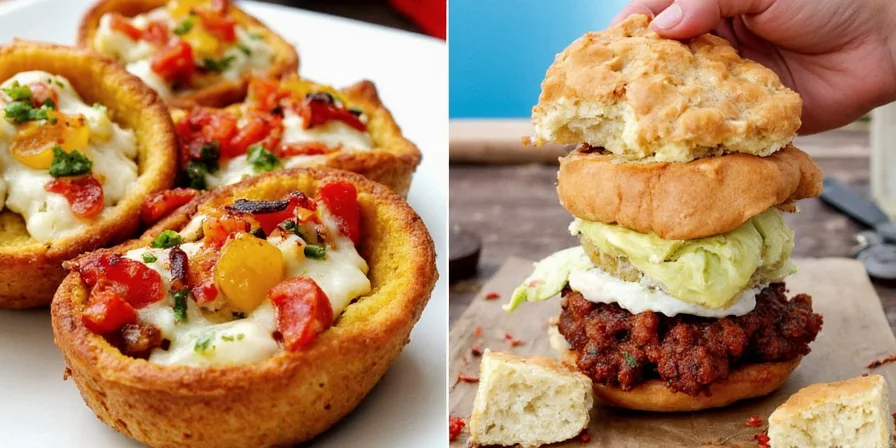
Cultural Context: How These Dishes Tell Brazil’s Story
Food in Brazil isn’t just about taste — it’s a story of migration, colonization, resistance, and celebration. Each dish has roots in different parts of the world:
- Portuguese Influence: Feijoada evolved from Portuguese bean stews, brought over during colonization.
- African Legacy: Dishes like acarajé and vatapá stem from Yoruba traditions carried through the transatlantic slave trade.
- Indigenous Foundations: Cassava (manioc) is native to Brazil and remains a staple ingredient, especially in the Amazon.
- Immigrant Contributions: Japanese immigrants introduced tempura-style frying, influencing pastel snacks. Italian influence shows up in pasta dishes and polenta.
The blending of these elements makes Brazilian cuisine uniquely hybrid — a delicious melting pot that tells the country’s complex history bite by bite.
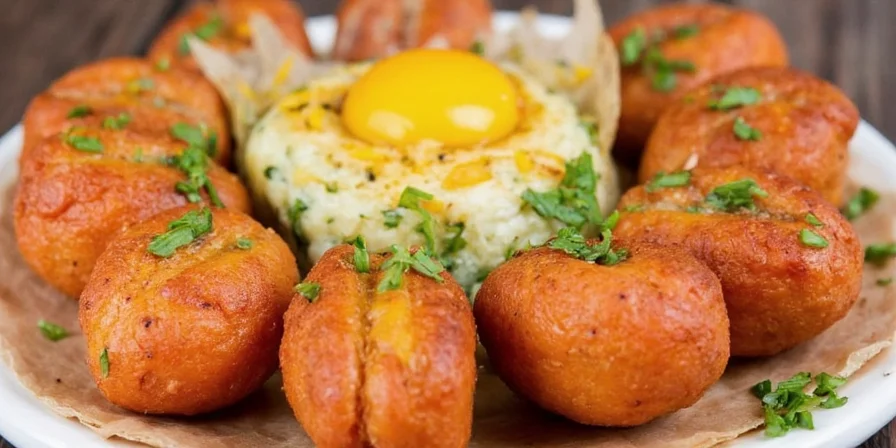
Conclusion
Brazil’s culinary landscape is as colorful and multifaceted as its people. While the spice levels may not blow your socks off, the depth of flavor, the blend of cultures, and the warmth behind each dish make Brazilian food unforgettable. Whether you're biting into a crunchy coxinha or sipping on a cold caipirinha, each experience brings a little piece of Brazil closer to home.
So next time someone asks, “What foods is Brazil known for?” don’t just rattle off the list — tell them the stories behind the spices, the traditions in every bite, and why Brazilian cuisine deserves a seat at the global table.
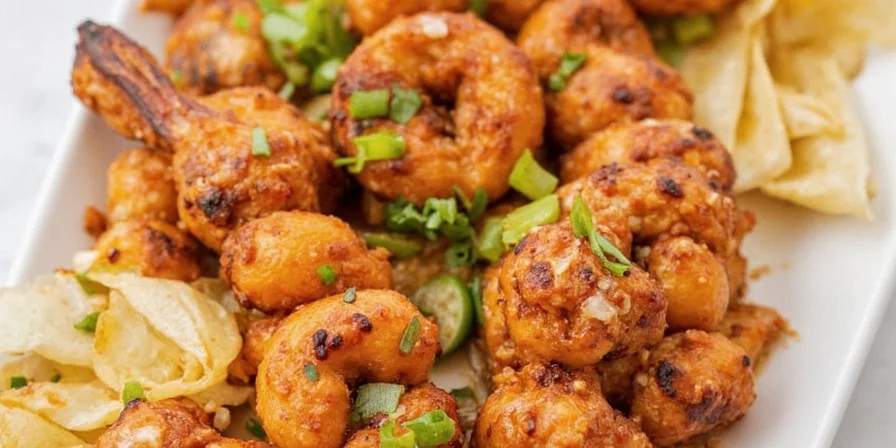

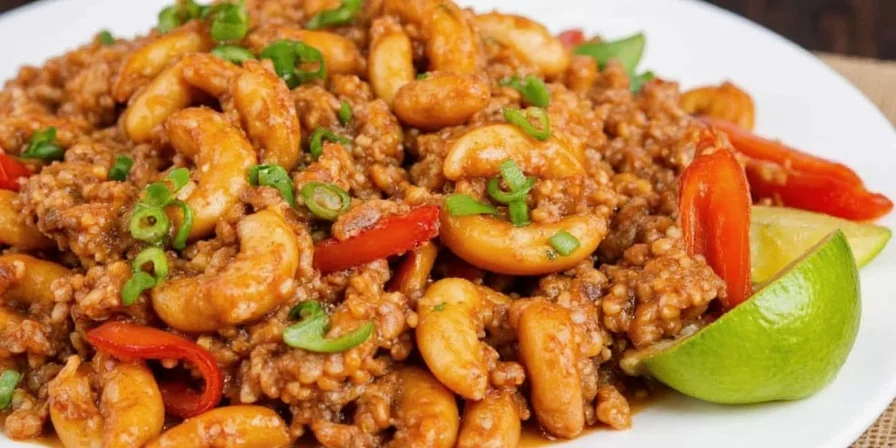









 浙公网安备
33010002000092号
浙公网安备
33010002000092号 浙B2-20120091-4
浙B2-20120091-4